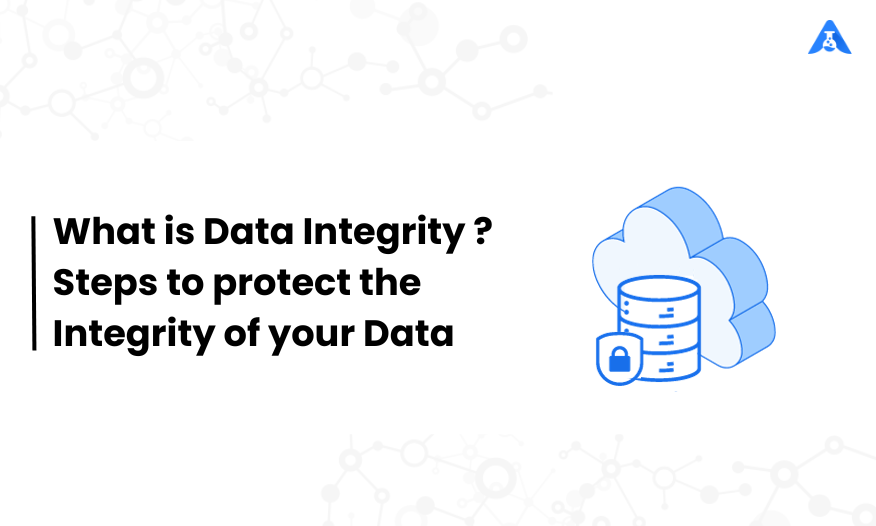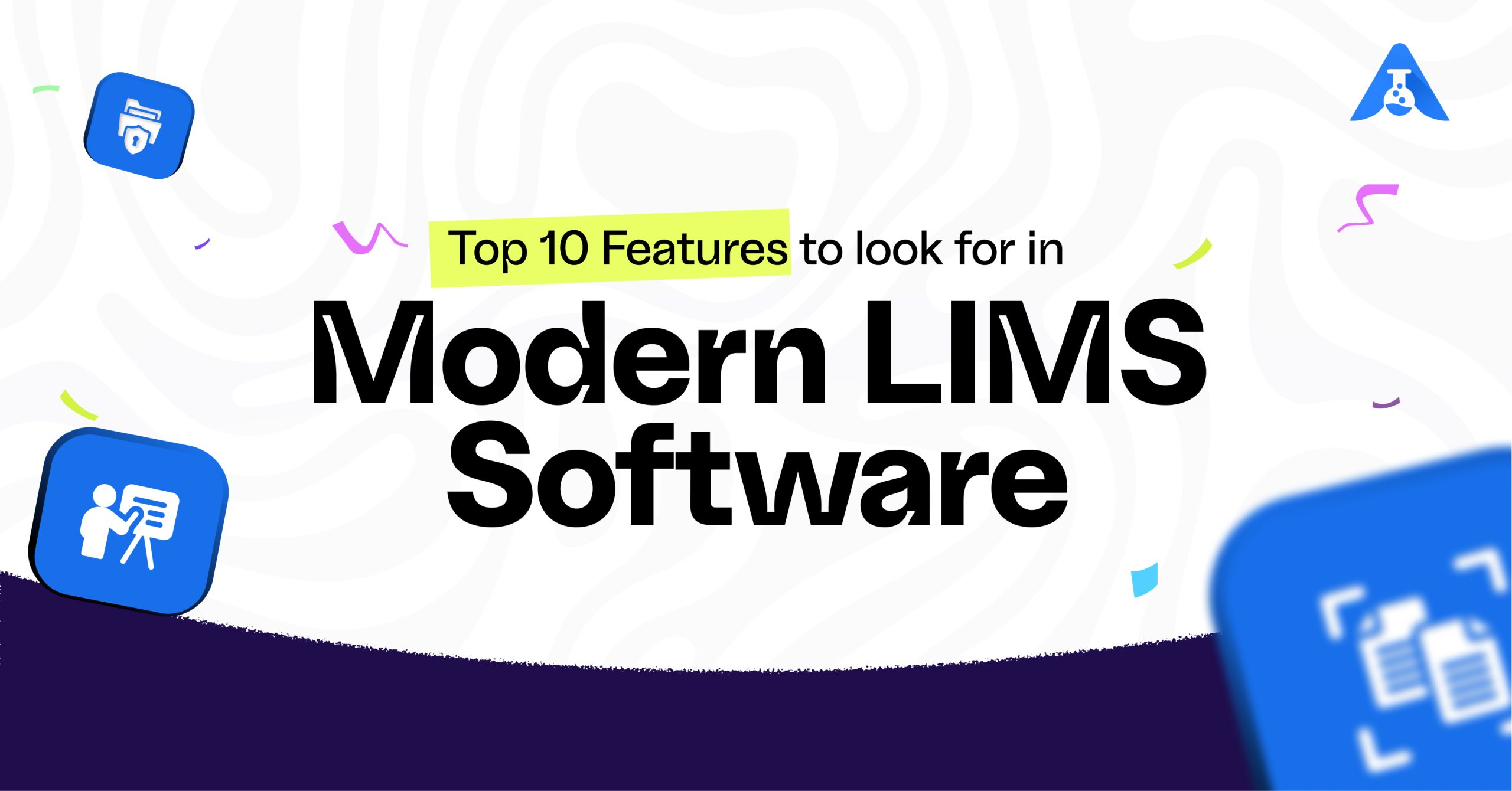Data Integrity
Data integrity, an area of increasing priority in today’s laboratory world and “The focus area” when it comes to regulatory compliances such as 21 CFR Part 11 and Eudralex Annex 11. Considering the number of warning letters from USFDA and other such regulatory bodies issued to pharmaceutical and medical device manufacturers across the globe, Data integrity has also become the “Buzz word” in audit.
What is Data integrity?
Data integrity refers to the overall completeness, accuracy and consistency of data during its entire life cycle. Though this seems simple, the whole process of genuinely generating, maintaining & transforming data with completeness and accuracy is a challenging task for any organization.
Problems faced by Organisations in understanding Data Integrity
Most organisations figure out the process of data management which will include capture and archival but fail to understand the core requirement in accomplishing its integrity. For data integrity, it’s important to know the “data architecture” of the system.
This understanding is key in setting up the focus area and methodologies.
Data Integrity guidelines by Regulatory Bodies
FDA has been adopting the ALCOA attributes to verify data integrity
Attributable – Defining Source data and who performed an action on it
Legible – Permanent recording of information and Access to easy reading any time
Contemporaneous – Recording the date & time when work is performed
Original – Justifying if the information/data is a true copy
Accurate – Is the data is accurate, with no errors or editing
Additional terms based on European Medicines Agency’s concept the following acronyms also emerged (CCEA)
Complete – All data including repeat or re-analysis performed on the sample
Consistent – Consistent application of date & time stamps in the expected sequence
Enduring – Recorded in controlled worksheets, laboratory notebooks or electronic media
Available – Available /accessible for review/ audit for the lifetime of the record
To achieve Data Integrity in context to ALCOA as defined above, let us first understand the stages in a data lifecycle
A typical data lifecycle can be broken up into the following stages:
- Generation & Recording (including raw data)
- Processing (including transformation or migration)
- Retention
- Retrieval/ Archival
- Destruction
ALCOA-CCE to achieve FDA & Eudralex Compliance
Adherence to ALCOA-CCE will lead to 21 CFR Part 11 and Eudralex Annex 11 compliance for regulated laboratories. Consider implementing an ElectronicLab Notebook (ELN) and/or a Scientific Data Management System (SDMS) to achieve compliance.
The following sections give you an idea into how the solution helps in meeting guidelines.
Attributable: Defining Source data and who performed an action on it.
ELN and SDMS systems are user-centric instruments that will help in identifying the data source i.e., which instrument generated the data. ELN will also be able to track who performed the action i.e., who generated and collected the data from the instrument.
Legible: Permanent recording of information and Access to easy reading any time
ELN and SDMS, both systems record in a central database which is a permanent record. The database will reside in a controlled server environment. Data will always be available for accessing and reading to authorised people. Even archived data can be restored and read through these electronic systems in a seamless manner.
Electronic data captured from simple instruments like balance, titrators, pH meters etc. can be easily read even after a very long period of time. This is due to the fact that the communication is direct between the instrument and the software and it is in ASCII. Data is stored in human-readable ASCII format. The life of such data can be eternal (assuming computers use ASCII).
MHRA’s data integrity guidance (HPLC, LC-MS) describes that output data generated by complicated instruments with the most complex software is subject to more variables i.e., meta-data along with primary data is required to make sense on the data. This complexity will lead to trouble in terms of the longevity of the data & its readability. Systems like ELN and SDMS can capture the data & meta-data in an as-is-basis or original format and a human-readable format (pdf). So it becomes important to maintain a copy of the original software that generated the data during the lifetime of the data. These systems can maintain such data for a very long period of time.
Contemporaneous: Recording the date & time when work is performed
Both ELN and SDMS can allow usage or recording of data in a contemporaneous manner i.e. recording of details can happen as and when an activity is being conducted. At the same time, they can record the date and time at which the data was captured which is real-time for simple instruments. For the complex pc controlled instruments, the date/time of a file generated by the instrument becomes the contemporaneous time. SDMS has a real-time file capture mechanism which can capture just after the file was generated.
Original: Justifying if the information/data is a true copy
Data captured is always true and directly from the instrument (if it is via a port like RS232 or TCP/IP). Also for a complex instrument, it is the original file generated by the instrument software that is captured. After a file is generated, if it is modified by some means (mostly through the instrument software); these software systems will capture the new modified file and version it automatically.
CFR Gateway ~ Our Brain Child
Agaram has developed a unique solution called “CFR Gateway” to cater to this specific requirement i.e., “Original” data/meta-data should never be obscured. CFR gateway when used along with SDMS/ELN will never allow the instrument software user to delete, rename, save-as, copy or paste files which are monitored by it. This means “Original” data cannot be compromised at any point in time.
Upgrade your expensive non-compliant instruments & adhere to the latest regulations
Accurate: Is the data accurate, with no errors or editing
Data once generated is always pushed to the server while the local copy/version of the data in the instrument PC can be still used by the instrument user for better convenience. Even if we open an existing data using the original software and edit the data/meta-data, the system will understand that the data has changed and will push the new version to the server. The system has cross check mechanisms such as check-sum calculations to validate the accuracy of the original data versus the data pushed to the server. If there are any such errors the system has a failsafe mechanism to re-transmit the data to the server.
Complete: All data including repeat or re-analysis performed on the sample
SDMS: The system versions the raw and meta-data files whenever there is a change in the file or a new set of data is received via the RS232 or TCP/IP port. New versions are stored as separate data files with version number.
ELN: Data versioning is available in ELN. For example, if you captured the weight of a sample once and are interested in replacing this weight with another due to some reason, the system will allow you to capture the new weight but will version this new weight and audit trail it with a reason. So any repeat or re-analysis of data is always versioned at data level within the ELN.
Consistent: Consistent application of date & time stamps in the expected sequence
All data capture events and their sequence of capture is date and time stamped. For example, it is possible to go through a pre-determined sequence of events which will be aligned with the actual method of analysis. Each step or event of recording of data, either from the instrument or manually recorded in the electronic template is date and time stamped.
Enduring: Recorded in controlled worksheets, laboratory notebooks or electronic media
Records are stored in electronic media when using SDMS or ELN. The ELN provides an electronic equivalent of paper worksheets or notebooks to capture data in a controlled manner.
Available: Available/accessible for review/ audit for the lifetime of the record
Data can always be retrieved even after archival and will be accessible for review or audit for the lifetime of the record.
Conclusion
Scientific Database Management System (SDMS) and Electronic Lab Notebook (ELN) are key solutions that can help laboratories to achieve better data integrity. It is a definite step forward in your digitization plan and towards automation for a future of paperless labs.
References
- MHRA “GxP” Data Integrity Guidance and Definitions
- EU GCP Guideline on Data Integrity
- Current Questions and Answers on Data Integrity and Audit Trail Review
- Data Integrity for Analytical Instruments Connected to a LIMS via a Middleware
- ALCOA and ALCOA+ for Data Integrity
- FDA’s Q & A’s on Data Integrity
- Warning Letter on Data Integrity





